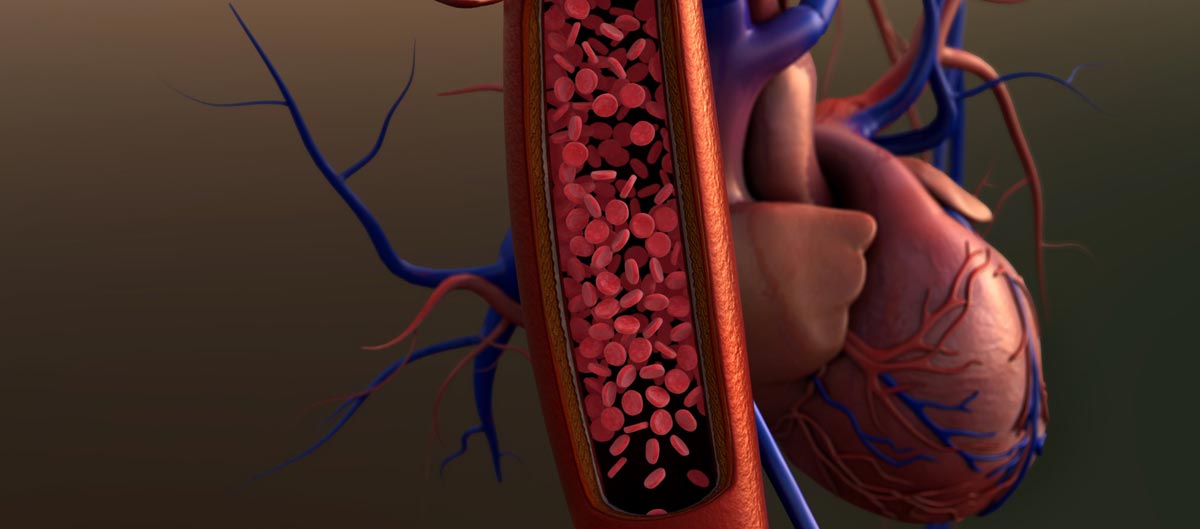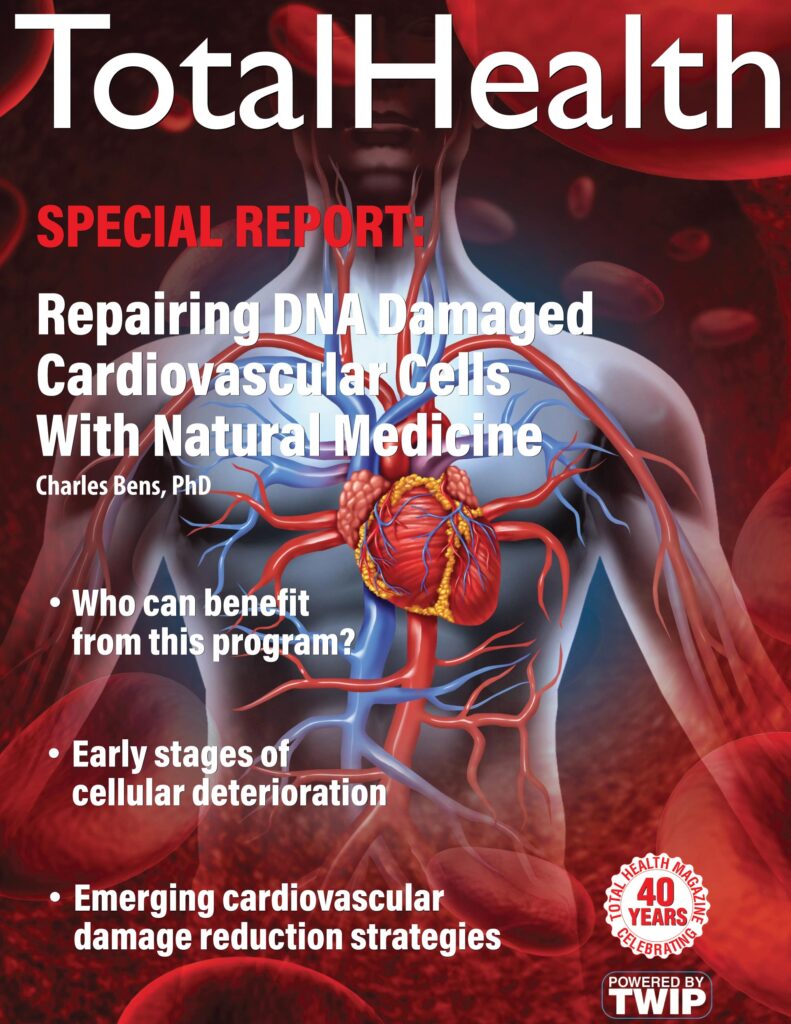
Emerging Cardiovascular Damage Reduction Strategies
New strategies to prevent and repair cardiovascular cell damage are emerging on a regular basis in research being conducted by scientists in universities and other health and medical institutions. The following studies are just a few of the more promising examples of some of this research.
mRNA Vaccines cardiovascular damage
The new mRNA vaccines have now been shown to dramatically increase endothelial inflammation and the risk of acute coronary syndrome (ACS). This condition can occur more rapidly with the influence of this viral related damage then might usually be the case. This type of vaccination seems to induce damage to heart cells leading to cell death and myocardial infraction (heart attack) in people with no previous history of this disease. This damage can be found and measured with the PULS Cardiac Test.31
The Wnt/B-catenin signaling pathway
Scientists may have found a way to preserve heart function after heart attacks or for people with inherited heart defects called congenital cardiomyopathies. Researchers report that after simulating heart injury in laboratory mouse models, they stopped or slowed cardiac fibrosis, organ enlargement and preserved heart function by blocking a well-known molecular pathway known as the Wnt/B-catenin pathway. The Wnt/B-catenin signaling pathway is involved in several of the body’s fundamental biological processes. After heart injury, however, Wnt/B-catenin signaling ramps up in cardiac fibroblast cells to cause fibrosis, scarring and harmful enlargement of the heart muscle, according to the researchers. This finding may also apply to cellular damage occurring due to the COVID-19 infection as well as the COVID-19 vaccinations. This might also explain the connection to the Galectin-3 blood marker, as well as the ability of Modified Citrus Pectin to stop and even reverse this fibrotic reaction.32
Micronutrients for the repair of DNA in the aging population
Prolonged deficiency in one or more micronutrients may lead to cardiovascular and/or neurodegenerative disorders. Keeping micronutrients at adequate levels is especially important for seniors. They are prone to deficiencies due to age-associated functional decline and often to a diet low in essential nutrients. Moreover, lack of micronutrients has an indirect impact on the genome. Low levels of essential nutrients can reduce the activity of antioxidant enzymes, and therefore inhibit the efficiency of defense against free radicals which can lead to the formation of DNA lesions. The more DNA damage in the genetic material, the faster aging will occur at the cellular level leading to a higher risk of pathological processes (e.g., carcinogenesis). Supplementation of crucial antioxidative micronutrients such as selenium, zinc, vitamin C, and vitamin E seems to have the potential to positively influence the condition of an aging organism, including minimizing inflammation, enhancing antioxidative defense, and limiting the formation of DNA lesions.33
Iron deficiency impacts the heart
Iron deficiency (ID) and anemia (individually or together) leading to low hemoglobin and hematocrit, impact oxygenation and severity of COVID. This is one of the most frequent comorbidities in patients with heart failure (HF). ID is estimated to be present in up to 50% of outpatients and is a strong independent predictor of HF outcomes. ID has been shown to reduce quality of life, exercise capacity and survival, in both the presence and absence of anemia. Beyond its effect on hemoglobin, iron plays an important role in oxygen transport and in the metabolism of cardiac and skeletal muscles.
Mitochondria are the most important sites of iron utilization and energy production. These factors clearly have roles in the diminished exercise capacity in HF. Oral iron administration is usually the first route used for iron repletion in patients. However, the data from the IRONOUT-HF study do not support the use of oral iron supplementation in patients with HF and a reduced ejection fraction, because this treatment does not affect peak VO2 (the primary endpoint of the study) or increase serum ferritin levels. The FAIR-HF and CONFIRM-HF studies have shown improvements in symptoms, quality of life and functional capacity in patients with stable, symptomatic, iron-deficient HF after the administration of intravenous iron (i.e., FCM).34 Nutritional sources of bioavailable iron are advisable whenever possible, in order to avoid iron overload, which is pro-inflammatory and can lead to oxidative stress.
The bacteria chlamydia pneumonia can impact plague development
A bacterium that causes colds, sinus infections, bronchitis, asthma or pneumonia may also contribute to the development of heart disease. Chlamydia pneumonia can be latent in the body, as many viruses are, and can cause arterial inflammation as many toxins do. As is the case with toxins this bacterium can encourage the development of plague in arteries. In one study chlamydia pneumonia was found in 79% of people with carotid artery plague compared to only 4% of people who had no plague. Doctors who find inflammation markers such as fibrinogen, homocysteine, C-reaction protein or ferritin should also check for the presence of chlamydia pneumonia. This can best be accomplished by measuring PCR for the presence of chlamydia antibodies.35
Disclaimer: While this protocol is supported by solid scientific evidence it is always advisable to consult a well-trained and qualified medical professional to ensure that individual biochemistry and conditions are taken into consideration.
Repairing DNA Damaged Cardiovascular Cells with Natural Medicine
| Previous page: Understanding and Supporting the Repair Process Elements | Next Page: Conclusion and Final Thoughts |


